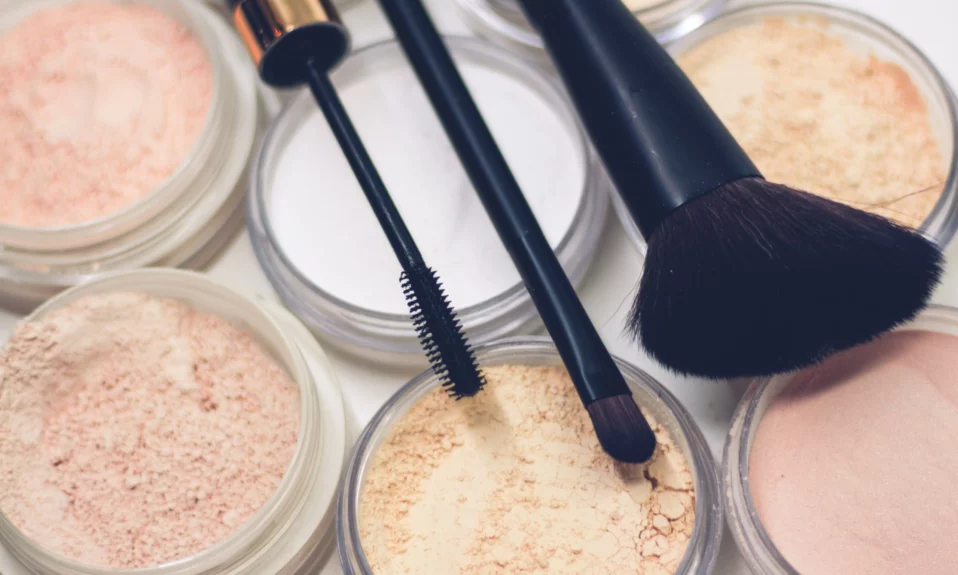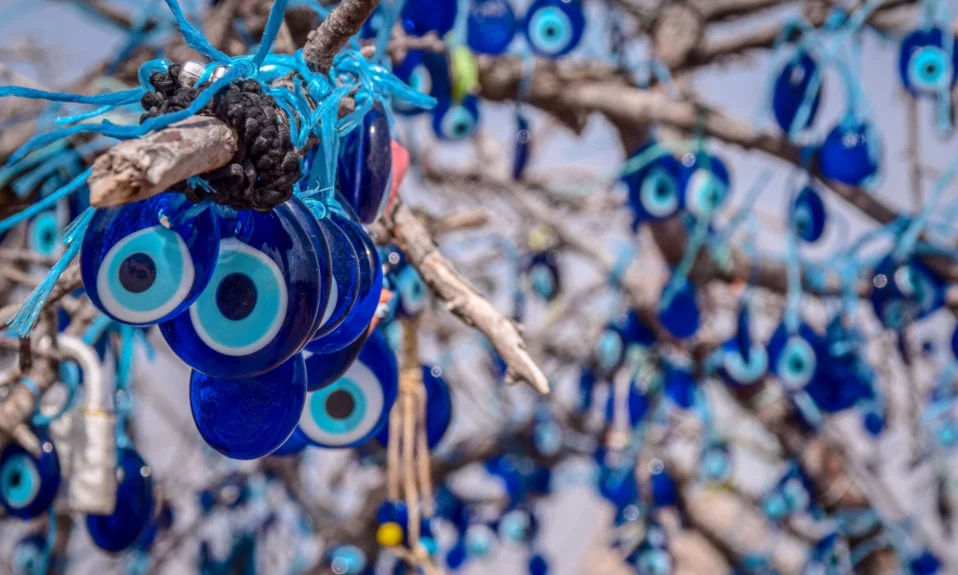
Have you ever tried to know a person’s inner mood by understanding a person’s favorite color? This effort to get to know the spirits of the young Pablo Ruiz, known as Pablo Picasso, is probably not in vain!
In fact, the two periods of blue and pink in the life of this Spanish painter fully correspond to his spirits throughout his life. Today we get to know this creator of Cubism style and his works better. And we realize the ability of color to express emotions.
Let’s take a trip to Picasso’s world:
Pablo Picasso; Modern painter
Picasso’s father was an educated painter. Picasso himself learned the basics of painting from his father. Picasso first chose the style of realism. Finally, at the age of 18, he moved to France, where he began his career.

Picasso was greatly influenced by what was happening around him for his paintings. This can be seen from the Blue period, the Rose period, the African period, the Cubist period and World War II.
But perhaps the peak of Picasso’s artistic activity can be traced back to 1908: When Pablo Picasso and the French painter Georges Brock invented a new style called Cubism. In fact, this is why Pablo Picasso is considered a modern painter.


Pablo Picasso and the use of colors
Pablo has very skillfully used colors to show his good and bad mood in his paintings. We see this effort and his clever use in the two periods of Blue and Rose. He himself says about colors:
“Colors, like features, follow the changes of the emotions”
The following are the two periods that influenced the life of Pablo Picasso:
Pablo Picasso’s Blue Period
As I said before, Picasso went to Paris at the age of 18. He was not well known at the time, was far from his family, and had little money. Above all, the suicide of his close friend Casagemas in 1901 plunged him into a three-year period of depression.
Picasso himself says of this period:
“I was thinking about Casagemas that got me started painting in blue”
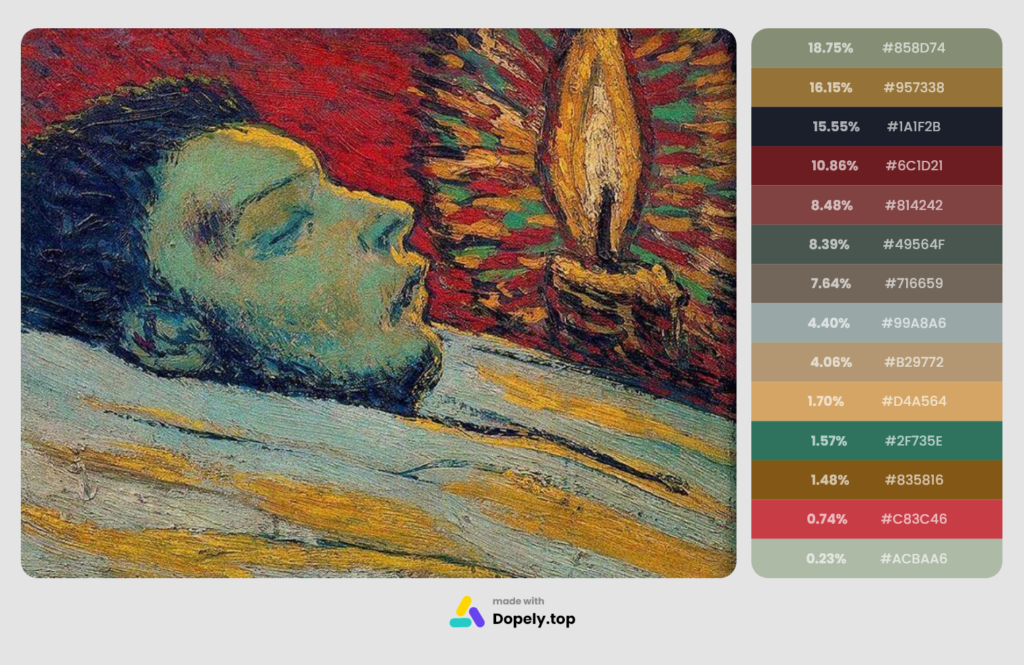
The paintings he painted during this period were mostly blue and dark colors. He painted the poor, the needy and the desperate people. Those who are alone in their misery, poverty and pain. In fact, it can be said that Picasso used the color blue to show the sadness and depression of that time. Moreover, some believe that Picasso’s paintings of the Blue period were influenced by the Spanish.





Pablo Picasso’s Rose Period
Well, the next period of Picasso’s artistic life began with the passage of the Blue period and the arrival of the Rose in 1904. Picasso’s depression and mental state gradually improved. Pablo fell in love. He also managed to have a studio and eventually the hope of living inside him was sprouting.
So it is natural that hope and happiness are reflected in his works. For this reason, light colors gradually found their way into Picasso’s color palette. This period is called the Rose period. During this period, Pablo Picasso painted images of clowns and carnival musicians in bright pink, red, and orange.
You can see the first sign of this period in the painting of Girl in a Chemise (Madeleine). If you pay attention to the painting. You see the woman’s lips in pink. Madeleine may be considered an allegory of Fernande Olivier, Pablo Picasso’s mistress. In addition, some believe that the paintings of the Rose Picasso period were influenced by the French.







Pablo Picasso’s African period
Two years after the Rose period, in 1906, Picasso’s artistic life entered a new phase in which Picasso was heavily influenced by Greek and African culture for his work. However, this new style did not attract much attention.

Pablo Picasso; Creator of Cubism
In 1908, Picasso and Georges Brock decided to paint small cubes. This style was later called Cubism. It can be said that the peak of Picasso’s works is in the style of Cubism. The first work of Cubism can also be attributed to Pablo Picasso’s “Les Demoiselles d’Avignon”.
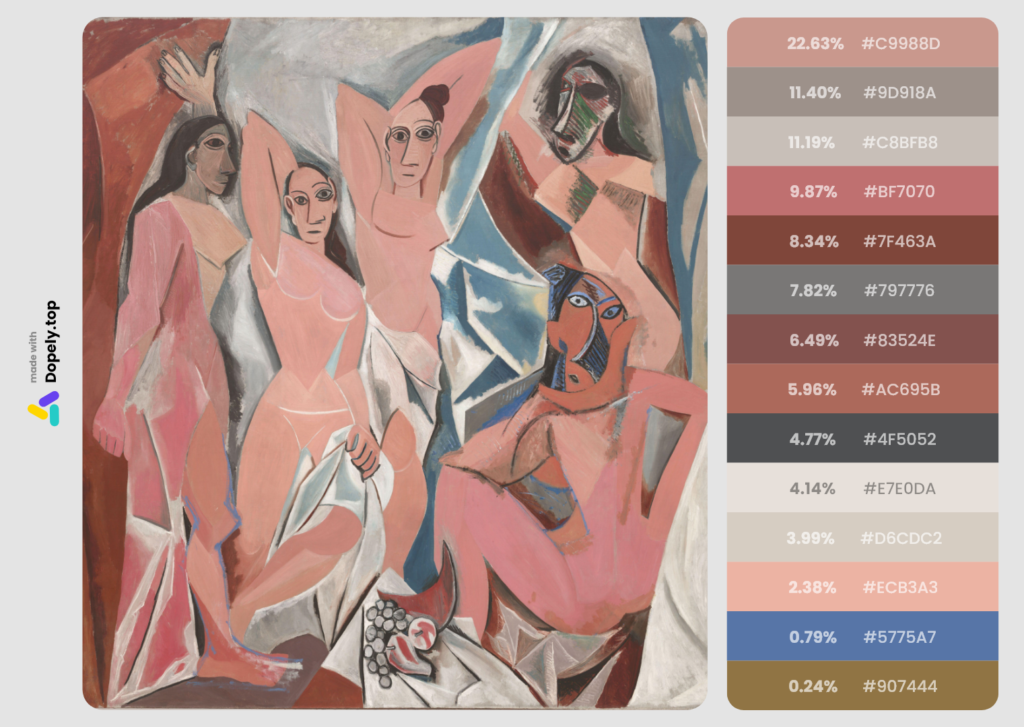
Cubism style works do not have a specific light source, the designs do not have a specific symmetry and are not in a hypothetical line. In fact, the style of Cubism creates ambiguity in the viewer’s mind.
In addition, from 1919 to 1929, Pablo showed his interest in the works of neoclassicism and surrealism by drawing several paintings in this field.



Shortly afterwards, in 1936, the Spanish Civil War affected Pablo Picasso. You can see its effect in Guernica Picasso’s painting. A painting that depicts despair, ruthlessness and wild temperament. Picasso’s innovation in his techniques and styles was an important event in modern art.
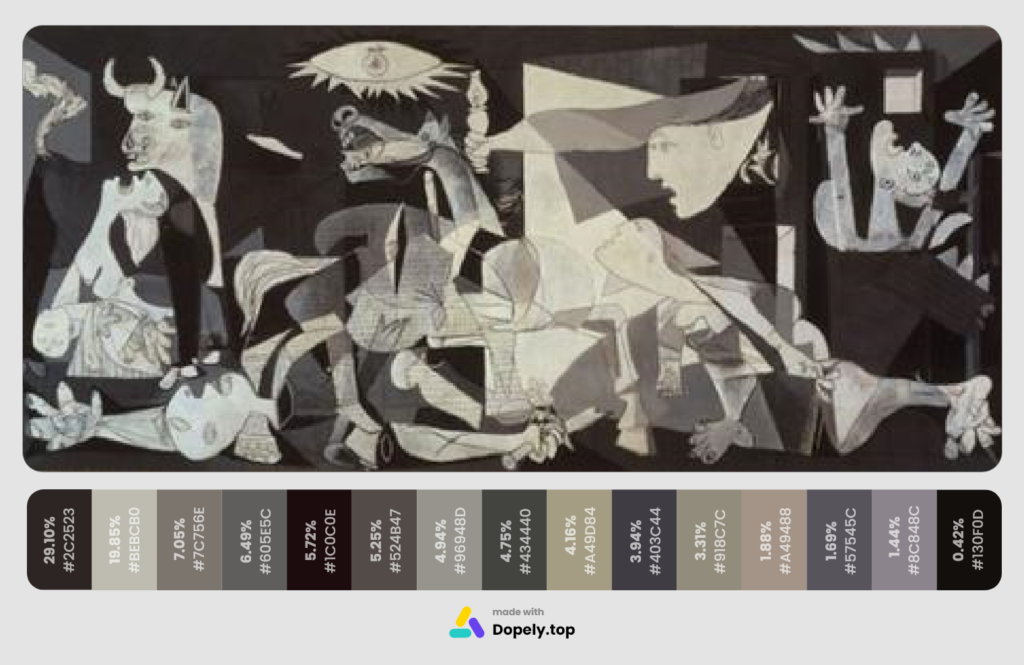

Fun Fact: Pablo Picasso’s painting “Seated Woman with Red Hat” had been hidden for 50 years. It was eventually found in the attic of the Evansville Museum in Indiana. This painting is now worth millions of dollars.

The last word
Picasso was aware of the magical power of colors. For this reason, he used their power and was able to convey his moods to the audience well in each period.
The name Pablo Picasso still exists in history. His work is still critically acclaimed and written about, as well as his particular paintings and styles. Because the world still loves him. There are many works left by Picasso. Indeed, he is the most prolific painter in history.


